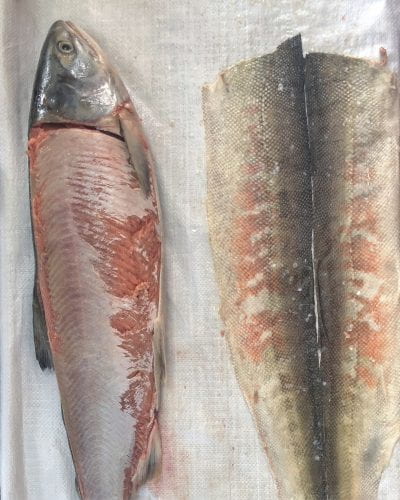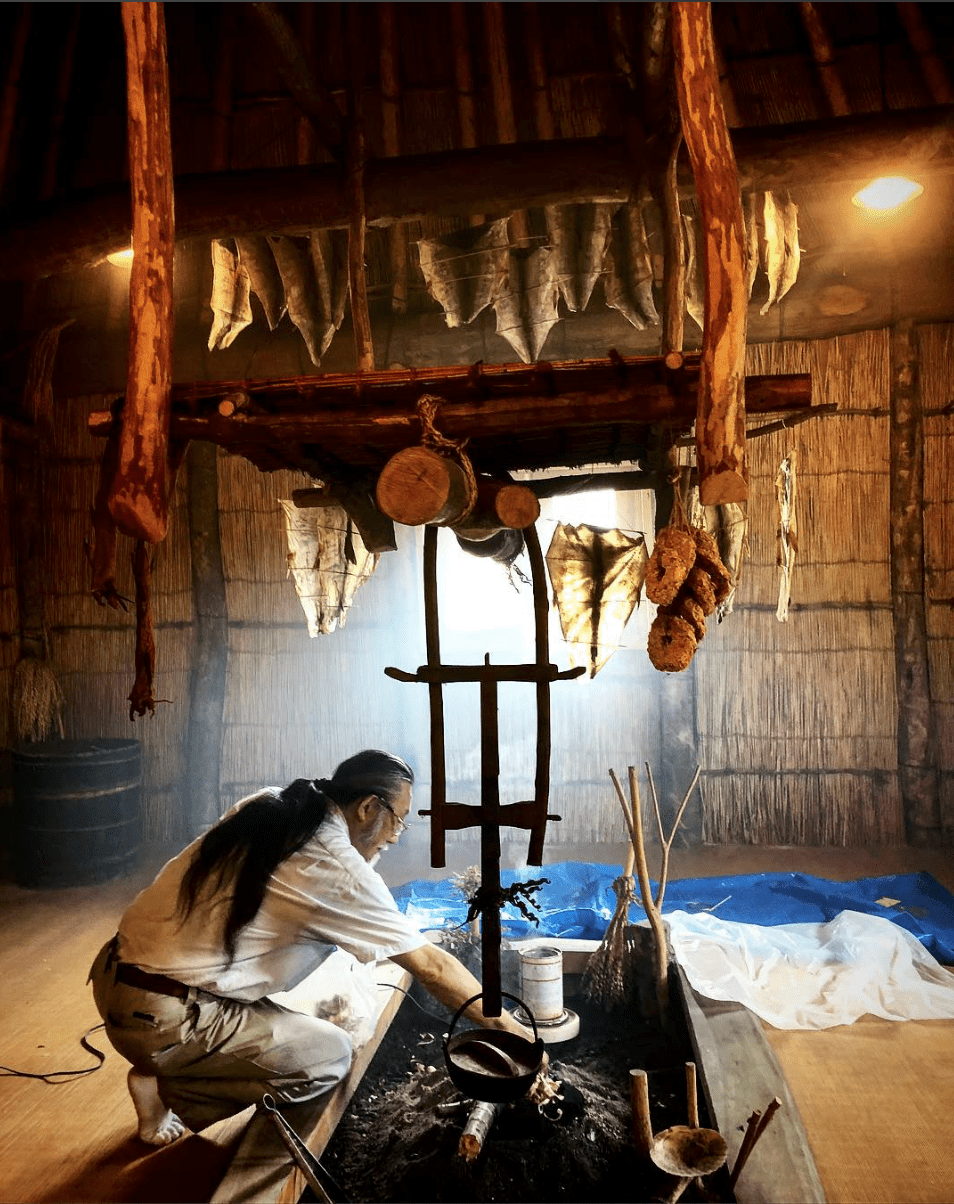 The use of fishskin to create articles of clothing is a tradition shared by the Amur delta people with other Siberian and circumpolar peoples (Fitzhugh, 1988). Before synthetic fibres were invented, people clothed themselves with natural materials available in their surroundings such fishskin. (Jiao, 2012). There are several reasons for the disappearance of the craft. Overfishing and water pollution have caused fish stocks to drop and many aboriginals have turned to farming and tourism to make a living. (Lin, 2007). The shortage of raw materials and better access to textiles like cotton and silk have challenged the preservation of the fishskin craft. (Campbell, 2010).
The use of fishskin to create articles of clothing is a tradition shared by the Amur delta people with other Siberian and circumpolar peoples (Fitzhugh, 1988). Before synthetic fibres were invented, people clothed themselves with natural materials available in their surroundings such fishskin. (Jiao, 2012). There are several reasons for the disappearance of the craft. Overfishing and water pollution have caused fish stocks to drop and many aboriginals have turned to farming and tourism to make a living. (Lin, 2007). The shortage of raw materials and better access to textiles like cotton and silk have challenged the preservation of the fishskin craft. (Campbell, 2010).
The use of fishskin by aboriginal peoples has been recently assimilated as an innovative sustainable material for fashion due to their low environmental impact. Fish skins are sourced from the food industry, using waste, applying the principle of circular economy. They require no extra land, water, fertilisers or pesticides to produce them. (Jacobs, B. 2018)
This project is an interdisciplinary collaboration to study northern indigenous fishskin heritage building connections between anthropology, ethnography and environmental protection to address current global issues of fashion sustainability at a time when the changing Arctic environment and its wider impacts are receiving widespread attention. (Fitzhugh, 2008).
This project is centred on the research questions:
‘How can we protect sustainable development of cultural heritage connected with fishskin?’
‘How can we assist native youth, fashion students and educators in developing sustainable fishskin material by sharing traditional craft from Arctic indigenous people?
The project addresses gaps in knowledge in the fields of:
– Intangible cultural heritage preservation connected with fishskin.
– Sustainable design, developing environmentally responsible new processes for fishskin to advance material innovation.

